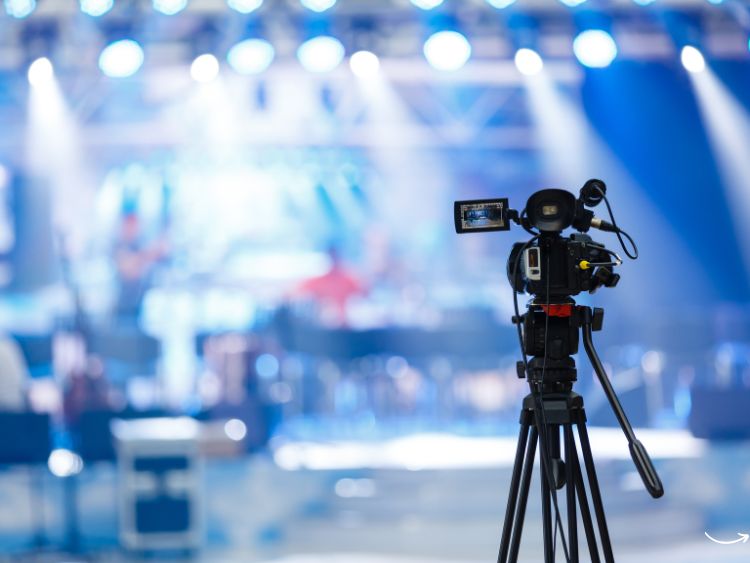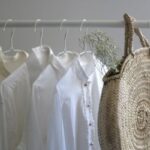The 1930s marked a fascinating decade in fashion, defined by a mix of glamour, elegance, and a touch of practicality. With the world recovering from the Great Depression, fashion in the ’30s experienced a transformation that echoed resilience and sophistication. So, what exactly made this period stand out? Let’s dive deep into the trends, fabrics, and cultural shifts that shaped the iconic styles of 1930s fashion.
The Silhouette of the 1930s
When you think of 1930s fashion, what immediately comes to mind? For many, it’s the long, lean, and graceful silhouettes. Women’s fashion moved away from the boxy, drop-waist styles of the 1920s, favoring more fitted and feminine designs. Dresses often hugged the body at the waist, giving a more natural and hourglass shape. This silhouette was further enhanced by fabrics like silk and satin, which draped elegantly over the body.
Key Elements of the 1930s Silhouette:
- Waist Definition: Dresses were tailored to highlight the waist, a stark contrast to the straight lines of the 1920s.
- Bias-Cut Dresses: One of the most significant innovations of the 1930s, bias-cut dresses created a fluid, body-hugging effect, often used in evening wear.
- Long Skirts: Hemlines dropped back down to the ankle or calf, emphasizing a sleek, elongated figure.
Fabrics and Materials
Unlike the previous decade, where materials were often flashy and adorned with beads, 1930s fashion was marked by a return to luxury fabrics. Silk, satin, and velvet became the go-to materials, especially for evening gowns. Daywear, on the other hand, was often made from softer, more practical fabrics like wool and cotton.
- Silk & Satin: These luxurious fabrics were favorites for evening dresses due to their ability to flow and drape beautifully.
- Wool & Cotton: For everyday wear, comfort was key. Wool suits and cotton dresses were staples in every woman’s wardrobe.
Evening Wear: The Epitome of Glamour
If there’s one area where 1930s fashion truly shines, it’s in evening wear. Hollywood’s Golden Age, which coincided with this decade, heavily influenced the glamorous styles worn to formal events. Actresses like Jean Harlow and Marlene Dietrich became fashion icons, often seen in satin gowns that hugged their curves and exuded elegance.
Key Features of Evening Wear:
- Backless Gowns: These daring designs were all the rage, often paired with long gloves for a touch of old Hollywood glamour.
- Ruffles & Frills: While sleek designs were popular, many gowns featured ruffles or frills, adding texture and movement to the outfit.
- Metallic Threads & Sequins: Despite the economic difficulties of the time, evening wear often featured subtle metallic accents or sequins to catch the light, creating a dazzling effect.
1930s Daywear: Practical Yet Stylish
While evening gowns represented the height of glamour, daywear in the 1930s was all about practicality. Yet, that doesn’t mean it lacked style. Suits became a common choice for women, often paired with blouses featuring bow ties or high collars. For casual wear, dresses with pleated skirts and puffed sleeves became a popular option, allowing for both movement and style.
Practical Fashion Staples:
- Tailored Suits: These were popular for both men and women, emphasizing a clean, structured look.
- Puffed Sleeves: A trend that added a touch of femininity to otherwise practical outfits.
- Pleated Skirts: Allowing ease of movement, pleated skirts were a versatile and fashionable option for women.
Influence of Hollywood on 1930s Fashion
Hollywood’s impact on fashion cannot be overstated during this period. Stars of the silver screen became trendsetters, and the styles they wore on and off-screen heavily influenced everyday fashion. Designers like Adrian and Edith Head were some of the era’s most renowned, creating iconic looks that helped define the decade.
The rise of film stars as fashion icons also brought a level of escapism to the masses. At a time when many people were facing financial hardship, seeing glamorous, well-dressed stars in films provided a form of relief and inspiration.
Men’s Fashion in the 1930s
While women’s fashion saw a dramatic shift in style, men’s fashion in the 1930s was all about refinement. The well-dressed man of this decade typically wore a well-tailored suit, complete with a wide lapel and padded shoulders to create a broad, masculine silhouette.
- Suits: Double-breasted suits became particularly popular, often made from wool or tweed.
- Wide-Lapel Jackets: These jackets, often paired with high-waisted trousers, emphasized a man’s frame, creating a more imposing figure.
- Hats: No 1930s men’s outfit was complete without a hat. Fedoras and trilbies were the go-to choices.
Accessories: Adding the Final Touch
No outfit was complete without the right accessories. Gloves, hats, and fur stoles were all popular choices for women, especially when attending formal events. For men, accessories like pocket squares and cufflinks added a sophisticated touch.
- Gloves: Elbow-length gloves were essential for formal wear, adding a touch of elegance to any outfit.
- Fur Stoles: A glamorous addition to evening gowns, fur stoles were often draped over the shoulders to add a touch of luxury.
- Hats: Both men and women donned hats during the 1930s, with cloche hats for women and fedoras for men being particularly fashionable.
FAQs About 1930s Fashion
What was the most iconic fashion trend of the 1930s?
The bias-cut dress, which hugged the body and created a flowing silhouette, is considered one of the most iconic trends of 1930s fashion.
Did men’s fashion change much during the 1930s?
While men’s fashion didn’t see as dramatic a shift as women’s fashion, the 1930s introduced the wide-lapel, double-breasted suits that defined the decade.
What role did Hollywood play in 1930s fashion?
Hollywood stars were incredibly influential during this time, with many people emulating the glamorous styles seen on the silver screen.
Were evening gowns only for formal events?
Yes, evening gowns were reserved for formal occasions, and they often featured luxurious fabrics like silk, satin, and velvet.
How did the Great Depression affect fashion?
Despite the economic hardship of the Great Depression, fashion in the 1930s maintained a sense of glamour, particularly in evening wear, while daywear became more practical and tailored.
Conclusion
1930s fashion perfectly blended glamour with practicality, creating a timeless style that continues to inspire designers today. Whether it’s the luxurious fabrics, the graceful silhouettes, or the influence of Hollywood’s golden age, the fashion of this era holds a unique place in history. While the world faced significant challenges, the resilience and elegance of 1930s fashion remind us that style can thrive even in tough times.
Authoritative Links:
- www.fashionhistory.com/1930s-fashion
- www.vintagefashionguild.org/1930s-silhouettes
- www.hollywoodcostumedesigners.com







